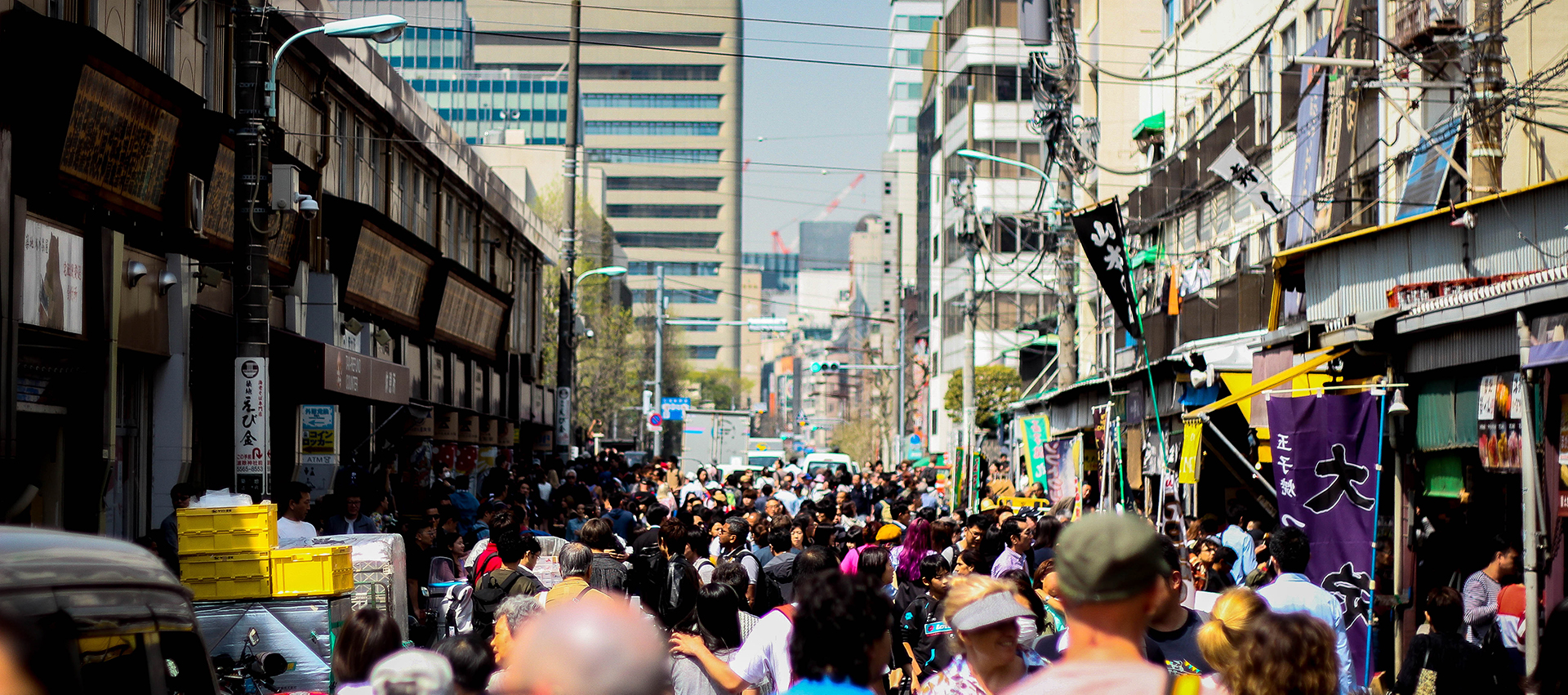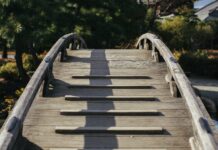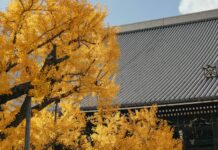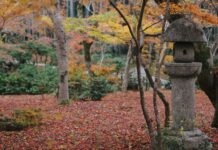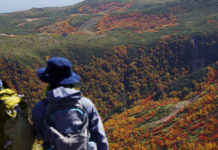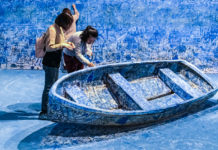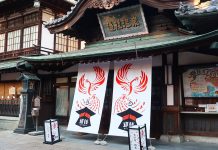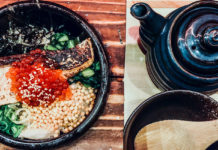After leaving Ginza on your way south, the luxury of early 20th century Tokyo begins to fade to a more workaday landscape. While this part of the city might not have the flash of Ginza, however, it would be wrong to assume it didn’t have some hidden treasures of its own. From the old Tsukiji Market to the lush greenery of Hamarikyu Gardens, the second part of this old Tokyo tour offers delectable seafood dishes alongside tranquil tea houses. All of it is a short walk from the Kabuki Theater. You can find a map of the second part of the tour here.
Touring Tsukiji
The old Tsukiji Market is neither the first fish market nor the current one. The fish market relocated from Nihonbashi after the Great Kanto Earthquake in 1923 and relocated to Toyosu again in 2018. While the Toyosu Market is the site of auctions, the Tsukiji outer market remains a great place to visit on a trek through Tokyo. The small streets of Tsukiji Market are brimming with vendors selling fresh seafood and other delicacies. Many will offer samples and street food is in ready supply. Even less gastronomically adventurous visitors will enjoy the spectacle of the market.
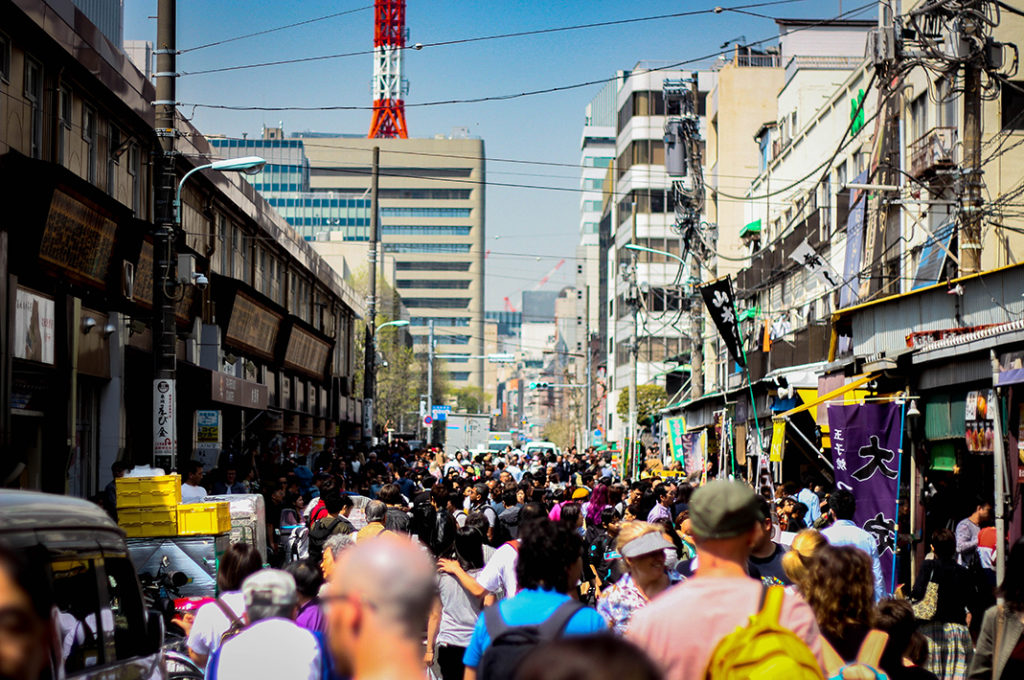
To get to Tsukiji Market, continue south from the Kabuki-za theater down Harumi-dori Avenue for five minutes. You’ll know you’ve reached the market when you see the large fish statue sitting atop a blue awning. Take some time to weave through the market. If you’re ready for a meal, grab food at any of the many restaurants you encounter along the way. Once you’ve got your fill, head back north until you return to Shin-ohashi-dori Avenue and head left.
Hamarikyu Gardens
Turning southwest from Tsukjiji Market, follow Shin-ohashi-dori as it curves right along the Sumida River. After about five minutes, you should arrive at Hamarikyu Gardens. After a paying admission you can make a circuit of the park by heading southwest. The park once belonged to the Tokugawa Shogunate and was a former hunting ground. Today it’s a public park. The urban oasis, however, still affords a taste of the tranquility that was once reserved for an elite few.
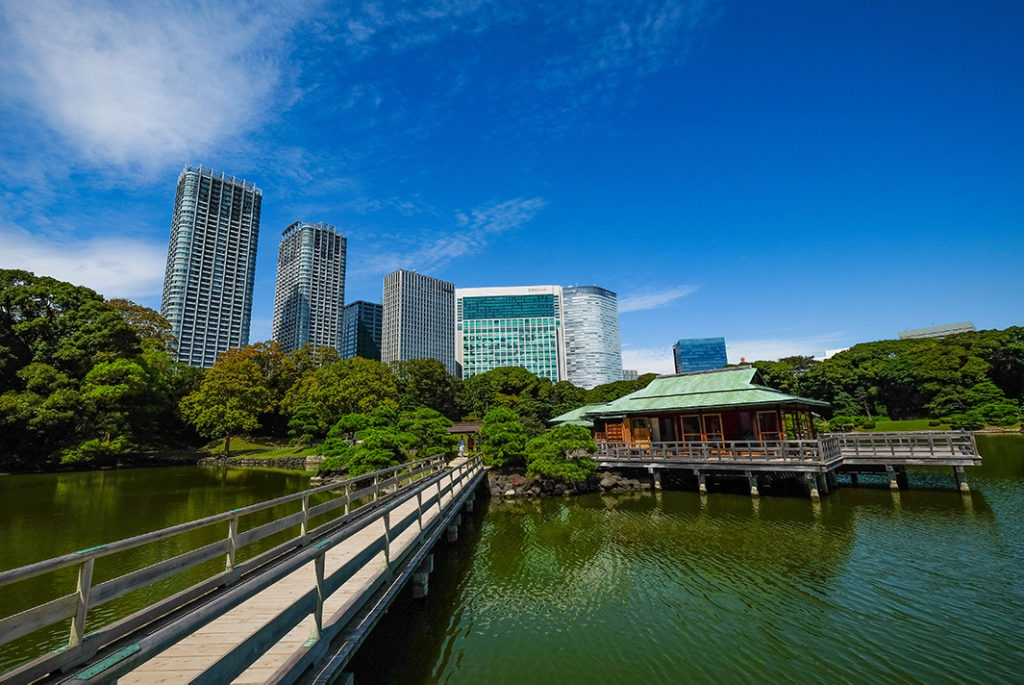
Hamarikyu Gardens is a stunningly landscaped garden. If it wasn’t for the skyscrapers visible from the interior, you might think you were out in the countryside. A little way from the entrance you’ll find a small tea house. This is the perfect place to grab some matcha and traditional Japanese candy. The tea house itself is serene and looks out at the glass-like surface of a large interior pond. If you watch closely you might even catch sight of some fish jumping from the surface.
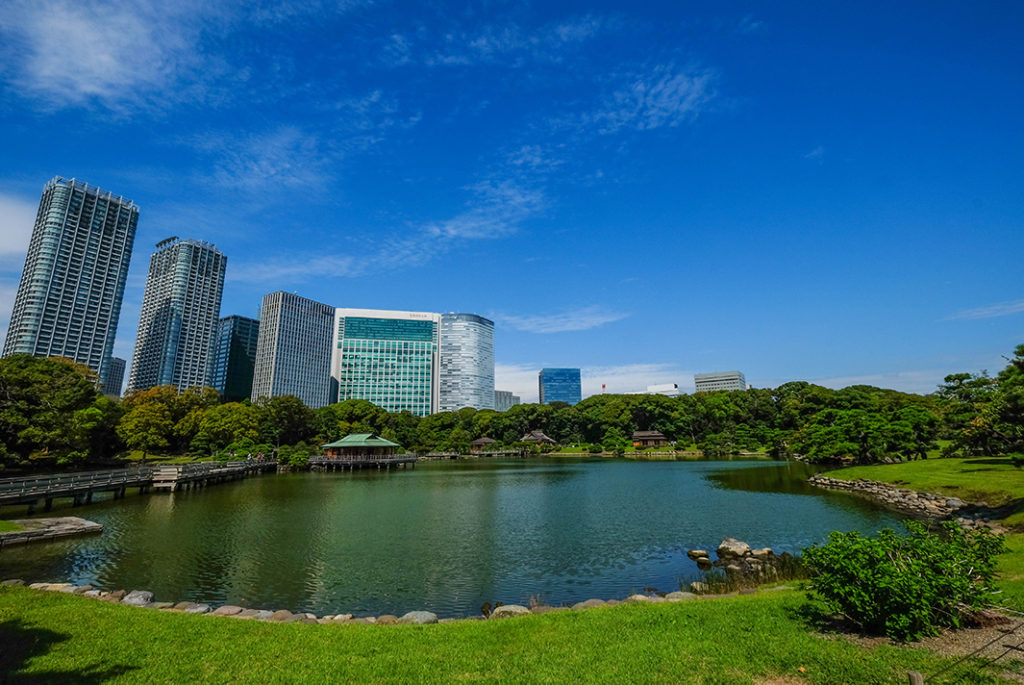
The Asakusa Ferry
Hamarikyu Gardens has a lot to offer, and you should take your time to explore the gardens at your own pace. You’d be forgiven for spending a day there, but you’ll have to leave eventually, and when that time comes, you can do so by boat. Close to the entrance you’ll find a small pier that offers ferry rides to other parts of the city. To continue your tour of old Tokyo purchase a ticket for the Sumida River Line to Asakusa. One to two boats leave an hour, so you shouldn’t have to wait too long. When the boat pulls up, you can choose to sit upstairs or downstairs, and wait for the boat to depart.
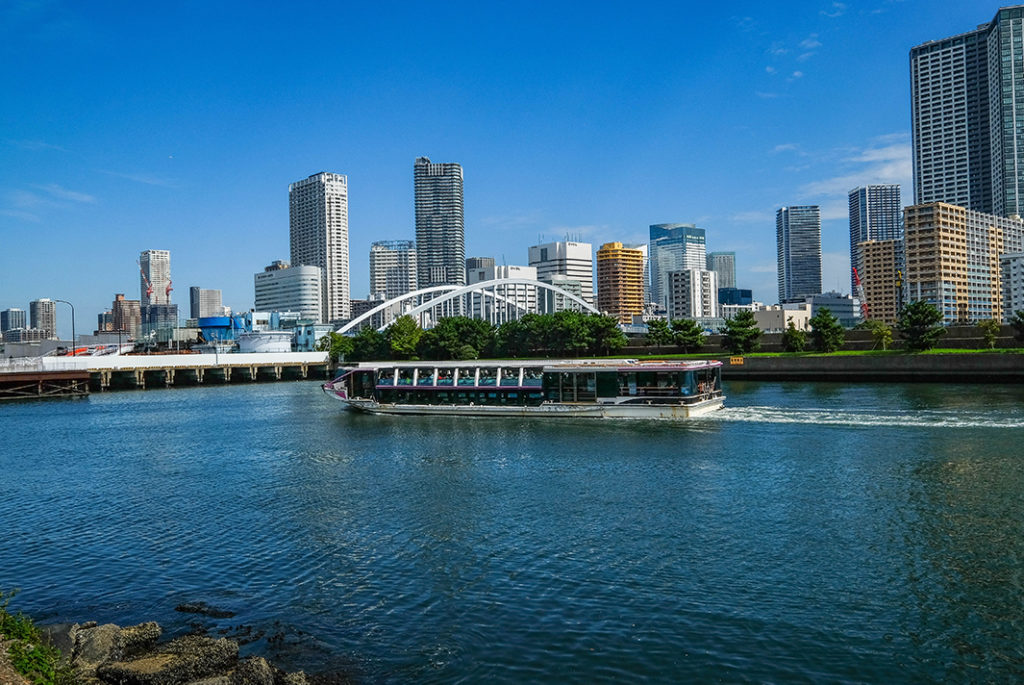
As the boat lurches out into the cool waters of the Sumida River, you’ll have a good view of the shifting city skyline. Leaving Hamarikyu Gardens, you’ll pass by Tsukiji Market one last time. The merchant rhythms of the market next to the tranquility of Hamarikyu Gardens make a strange pair. However, both offer insight into the city’s development and how the past continues to influence how its inhabitants live today.
Post by Japan Journeys.



